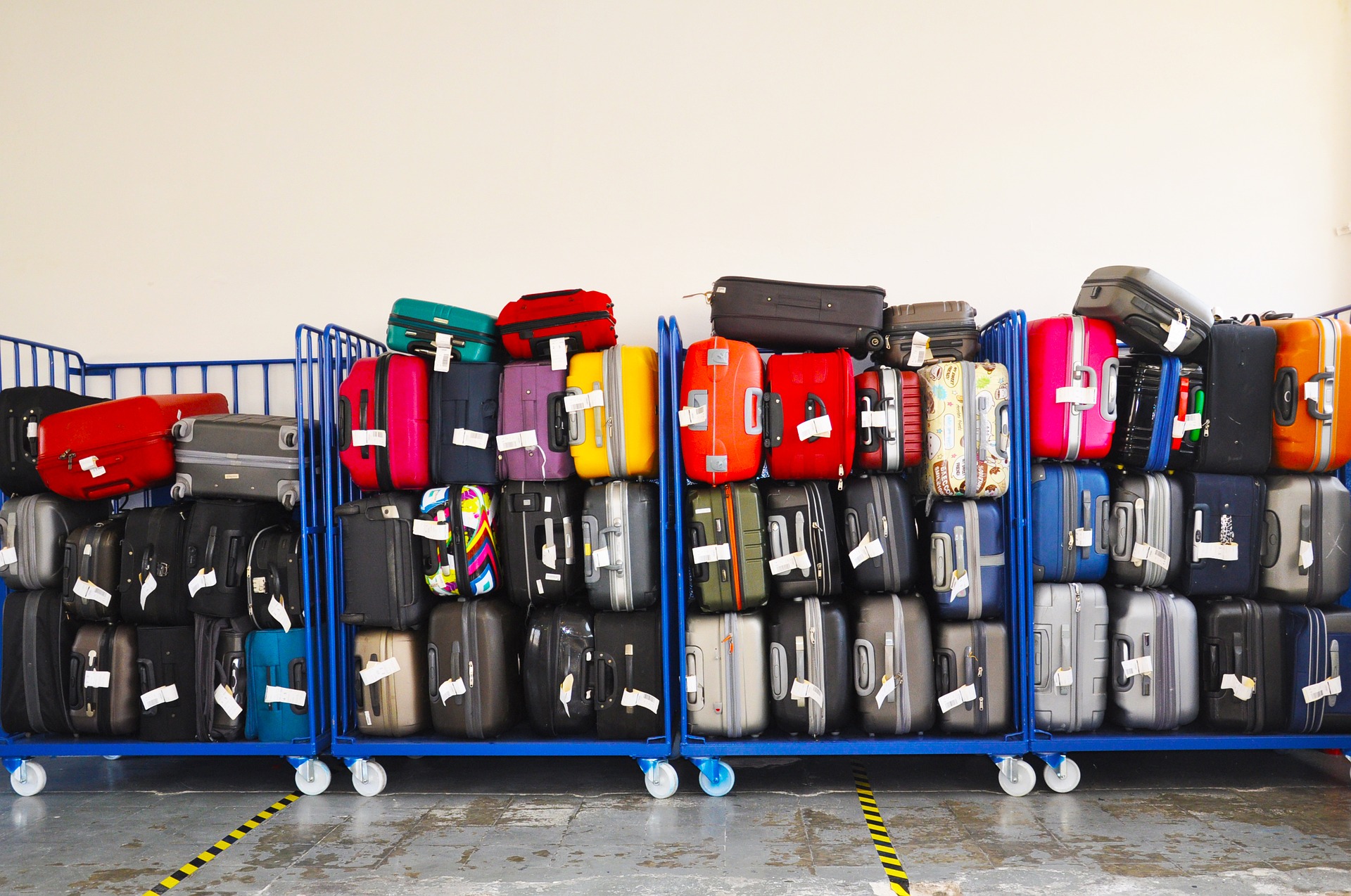TSA rules and regulations about banned items on board – some good things to know

It is the TSA’s job to make sure that passengers are getting on board their intended flights all safe and secure, posing no threat to themselves or to others, intentional or otherwise. However, it has now become a skill to be able to clearly anticipate what the TSA will expect of you, in the name of flight security.
For example, you can never be sure if you ought to keep your thick sole leather shoes on, or you have to take them off. Random checks aside, TSA can now scan your entire body and observe you in great detail under your clothes without anyone asking them any questions. But the fact is that you have to abide by them if you ever want to get to your intended destination.
Common banned airport security items

Weapons are not allowed on board. Anything resembling a weapon, such as replicas, or anything that has the potential to be used as a weapon is also amongst the top of the list of banned items for airport security. So what does that really mean? Well, take as an example, corkscrews. In normal day to day life, a very innocent looking and harmless item. But on an airplane, it could be dangerous if in the hands of a mentally unstable person, or, worse, a terrorist.
There are items that you may not think twice about before carrying them, but are strictly banned, including spare lithium batteries, pepper sprays (a big no-no), ice-picks and as noted already, corkscrews. Go back a few years and even fingernail clippers were strictly banned, but are now allowed under new TSA security rules. Previously, lighters were also considered banned items, but then had to be dropped from the list, since TSA reported confiscating upwards of 39,000 lighters and clippers a day before 2007; as for now, you can carry a lighter with you on planes.
Airport security has the right to confiscate the banned items even if you have packed them accidentally or you didn’t know about their status. In some cases, carrying a banned item could land you on the no-fly list for an unlimited time if the TSA deems it appropriate, so it’s always advisable to know that what you are carrying isn’t on the TSA’s banned item list.
Why TSA hates Lithium batteries?
The Department of Transportation has made it pretty clear that they no longer allow any number of loose lithium batteries in the check-in luggage. If you absolutely have to carry spare ones you have to put them in your carry-on luggage. However, all the lithium batteries in your cameras, smartphones, tablets and other electronic equipment are absolutely fine, and you can put their spare batteries in your hand luggage as well.

So to put it in simple points:
- You may not put loose lithium batteries in your check-in luggage
- You may pack your spare batteries in the hand luggage that you take on the plane with you
- Lithium metal batteries (though very rare) are totally banned from any flight, both in checked-in and carry-on luggage.
The allowed amount of liquids
On almost all international airports, there is a restriction of carrying any liquid product which is more than 3.4 ounces or 100 ml. You have to declare your 100 ml liquids; the airport security will then provide you with small pouches to place your bottle of liquids in. These pouches will be then placed in separate trays to be put through scanners.

You can bring your own transparent bags if you want, but there are plenty available at the airport. All your liquids that are more than 100 ml have to be packed in your check-in luggage and will not be allowed in your hand luggage.
Electronics
In almost all cases, you will be asked to take your laptop out of their bag or laptop carrier and put on a separate tray for scanning. If you carry other electronics with you, you will need to take them out and put them through the scanning process in separate trays to be checked.
Footwear
There is no clear consensus about scanning shoes in all international airports. However, in the United States, you will have to remove your shoes and put them through scanning before you can pass through the security scanners yourself. However, the practice is not very common in other countries where less heed is paid towards scanning footwear, About Travel reported.
What happens to the confiscated items?
Most of the airports have a system to securely dispose of the confiscated items, so if you are traveling through one of these airports, then chances are you will never see your items again. However, there are some airports in the United States and also elsewhere in Europe where you are provided with an option to receive your products through the mail.
Airport security charges for the postage, but if you unknowingly packed a banned item in your luggage and absolutely cannot afford to lose it, then it’s always worth spending a few extra bucks to save your product from being disposed of.
If you have any comments then please drop us a message on our Outdoor Revival Facebook page
If you have a good story to tell or blog let us know about it on our FB page, we’re also happy for article or review submissions, we’d love to hear from you.
We live in a beautiful world, get out there and enjoy it. Outdoor Revival – Reconnecting us all with the Outdoor.
